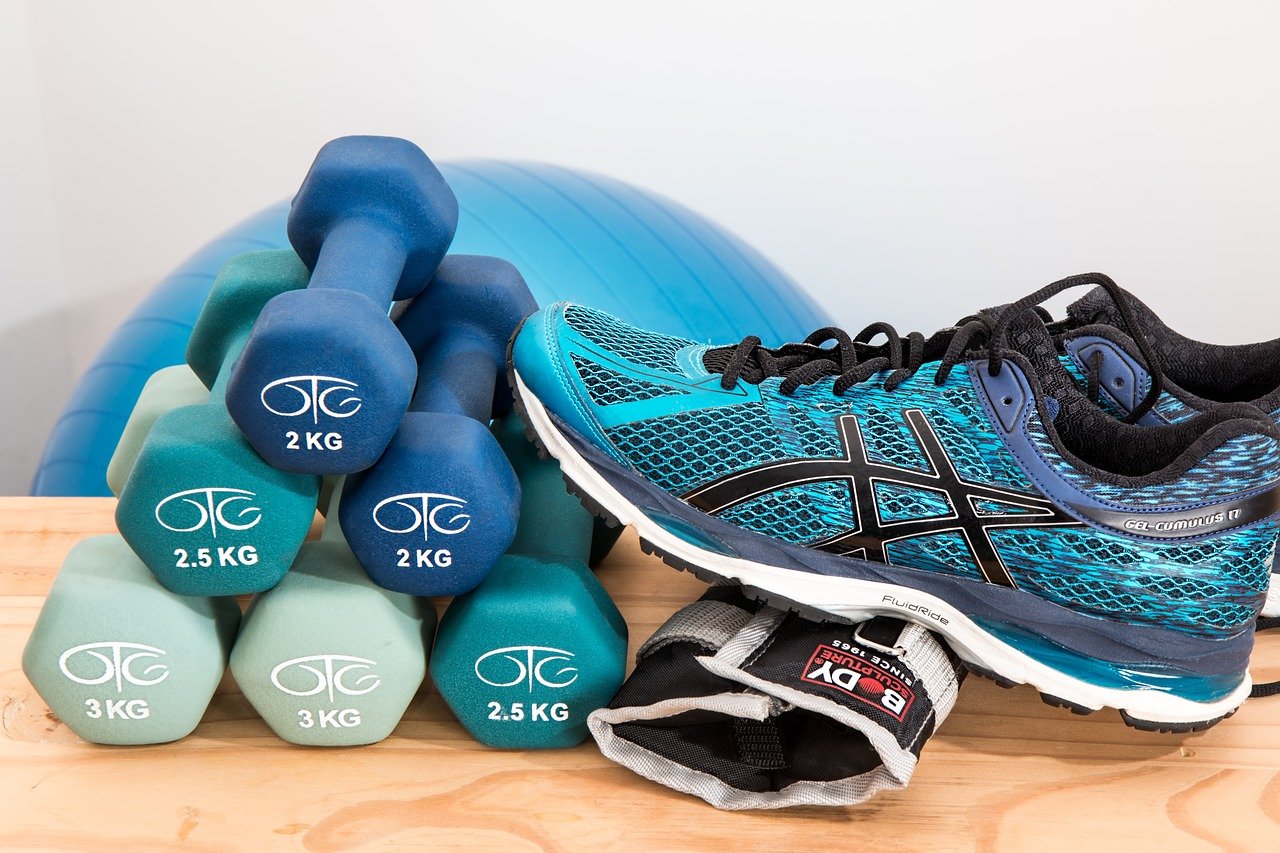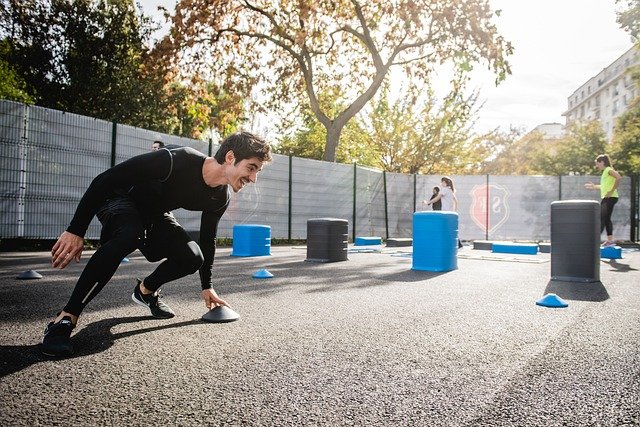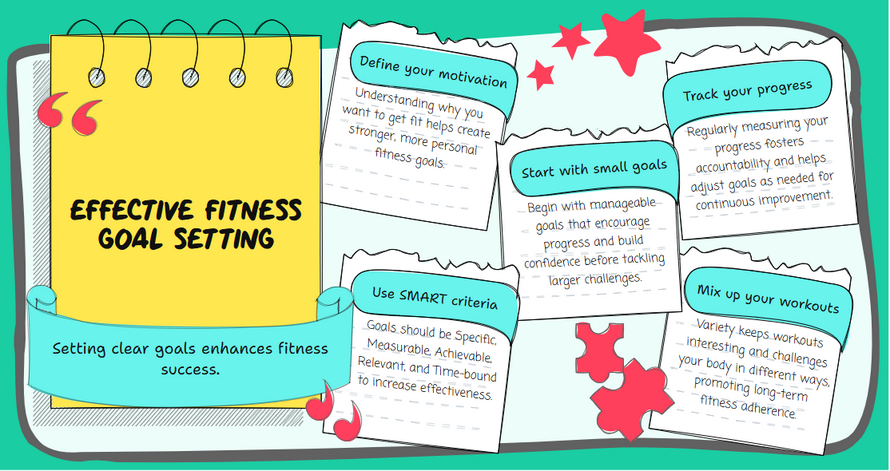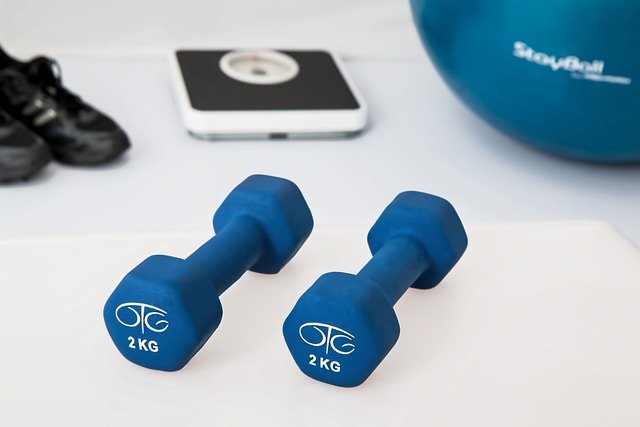
We’ve all been there: you start a new workout plan, feel excited for a week or two, and then suddenly, your fitness motivation disappears. It’s a struggle many of us can relate to, turning that initial excitement into a daily habit, especially when you’re not feeling it. The good news? You’re not alone, and there are proven ways to make fitness a natural part of your day.
Find the fuel to ignite your fitness journey. Discover powerful motivation tips to crush your goals and achieve lasting results.. Are you tired of starting fitness journeys only to lose steam halfway through? 🏋️♀️💪 Do you find yourself constantly searching for that elusive spark of motivation to get moving? You’re not alone. Millions struggle with maintaining their fitness goals, but what if there was a foolproof way to generate all the motivation you need?
Introduction: Why Fitness Motivation Fades
We’ve all experienced it: You kick off a workout plan, feel inspired for a week or two, and then that fitness motivation starts to wane. You understand the importance of regular exercise, but it’s tough to turn it into a habit, especially when you’re not in the right mindset. The comforting reality? You’re not alone in going through this, and there are proven methods to help you incorporate fitness into your daily life.
Imagine waking up every day excited to work out, effortlessly sticking to your fitness routine, and watching your body transform before your eyes. It’s not just a dream – it’s entirely possible with the right approach. In this blog post, we’ll unlock the secrets to unleashing your inner fitness enthusiast and show you how to create an unstoppable wave of motivation that carries you straight to your goals.
Understanding the Science of Habits
Before you can make fitness a daily habit, it helps to understand how habits work. According to James Clear, author of “Atomic Habits”, habits are formed through a simple loop:
- Cue: A trigger that initiates the behavior (such as seeing your running shoes by the door).
- Routine: The actual behavior (going for a run).
- Reward: The benefit you get (feeling energized or ticking off your workout on a calendar).
Understanding the Power of Motivation

Fitness motivation is the driving force that propels individuals to pursue and maintain a healthy lifestyle through regular exercise and proper nutrition. The inner spark ignites our desire to improve our physical well-being and overcome obstacles along the way.
Why motivation is crucial for fitness success
Motivation plays a pivotal role in achieving fitness success for several reasons:
- Consistency: It helps maintain regular workout routines.
- Persistence: Enables individuals to push through challenging moments.
- Goal achievement: Provides the necessary drive to reach fitness milestones.
- Long-term commitment: Sustains interest in fitness over extended periods.
The science behind motivation and exercise
Scientific research has revealed fascinating insights into the relationship between motivation and exercise:
- Dopamine release: Physical activity triggers the release of dopamine, a neurotransmitter associated with pleasure and reward.
- Endorphin boost: Exercise stimulates the production of endorphins, natural mood elevators that create a sense of well-being.
- Neuroplasticity: Regular physical activity enhances brain plasticity, improving cognitive function and mental clarity.
Understanding these scientific principles can help individuals harness the power of motivation to fuel their fitness journey effectively. By recognizing the biological benefits of exercise, we can create a positive feedback loop that reinforces our motivation to stay active and healthy.
Why Motivation Alone Isn’t Enough
Motivation can get you started, but it’s habits that keep you going. On days when you’re not feeling motivated, your established routine will help you stick with your fitness goals.
1. Setting Clear and Achievable Fitness Goals

Identifying your fitness objectives
Before embarking on your fitness journey, it’s crucial to identify your objectives. These objectives should be tailored to your needs, preferences, and lifestyle. Consider the following aspects when defining your fitness goals:
- Physical improvements (e.g., weight loss, muscle gain, flexibility)
- Health benefits (e.g., lower blood pressure, improved cardiovascular health)
- Mental well-being (e.g., stress reduction, improved mood)
- Performance-related goals (e.g., running a 5K, lifting a certain weight)
Creating SMART goals for your fitness journey
Once you’ve identified your objectives, it’s time to transform them into SMART goals. SMART is an acronym that stands for:
| Letter | Meaning | Example |
| S | Specific | “I want to loose 10 pounds” |
| M | Measurable | “I will track my weight weekly” |
| A | Achievable | “Loosing 1-2 pounds per week is realistic” |
| R | Relevant | “Weight loss aligns with my health goals” |
| T | Time-bound | “I aim to achieve this in 3 months” |
Breaking down long-term goals into manageable milestones
To maintain motivation and track progress effectively, break your long-term goals into smaller, manageable milestones. This approach helps you:
- Stay focused on immediate, achievable targets.
- Maintain momentum throughout your fitness journey.
- Adjust your strategy as needed based on short-term results.
Tracking progress and celebrating small wins
Regularly monitoring your progress is essential for staying motivated and on track. Consider these methods for tracking:
- Keep a fitness journal
- Use a fitness app or wearable device
- Take progress photos
- Record measurements
Remember to celebrate your small wins along the way. These celebrations reinforce positive behavior and motivate you to pursue your larger goals. With clear, achievable goals in place, you’re now ready to visualize your ideal fit self, which we’ll explore in the next section.
2. Building a Consistent Workout Routine
What it takes to turn fitness motivation into a daily habit. Here’s how you make exercise a habit, a regular part of your life:
- Schedule Your Workouts: Treat your workouts like appointments. Put them on your calendar and set reminders on your phone.
- Find Activities You Enjoy: It’s not just about trying different activities; it’s about discovering the ones that genuinely excite you to exercise. Whether it’s walking, cycling, or bodyweight exercises, the key is to enjoy what you’re doing.
- Prepare Ahead of Time: Leave your workout clothes out the night before or pack your gym bag ahead of time. That’s also a net positive in terms of overcoming barriers to entry and getting started.
3. Overcoming Common Fitness Roadblocks
Everyone faces obstacles on their fitness journey. Here’s how to handle some of the most common ones:
1. Lack of Time
- Break workouts into shorter sessions (e.g., three 10-minute walks).
- Combine exercise with daily tasks (e.g., walk while on phone calls).
2. Low Energy
- Exercise at the time of day when you feel most energetic.
- Eat a balanced diet and stay hydrated.
3. Boredom
- Try new classes or activities.
- Join a local sports league or walking group.
4. Plateaus
- Change your routine every few weeks.
- Increase intensity or try new exercises.
5. Injury or Illness
- Listen to your body and rest when you need to.
- Consult a doctor or physical therapist for guidance.
4. Visualizing Your Ideal Fit Self

5. The impact of mental imagery on motivation
Mental imagery is a powerful tool that can significantly boost your motivation to get fit. By vividly picturing your ideal fit self, you create a strong emotional connection to your fitness goals, making them feel more achievable and desirable. This process activates the same neural pathways as physical practice, priming your brain for success.
Consider the following benefits of mental imagery:
- Increased confidence
- Enhanced focus and commitment
- Improved performance
- Reduced anxiety and stress
- Greater resilience in the face of challenges
Techniques for effective visualization
To make the most of visualization, try these proven techniques:
- Find a quiet, comfortable space
- Close your eyes and take deep breaths
- Engage all your senses in the visualization
- Imagine yourself completing workouts
- Picture your ideal fit self in detail
- Practice visualization regularly, ideally daily
Creating a vision board for fitness inspiration
A vision board is a tangible representation of your fitness goals, keeping you motivated and focused. To create an effective fitness vision board:
- Choose inspiring images of your ideal physique
- Include motivational quotes and affirmations
- Add pictures of healthy foods and activities you enjoy
- Incorporate photos of fitness role models
- Display your vision board prominently where you’ll see it daily
By consistently visualizing your ideal fit self and using a vision board, you’ll find yourself naturally more motivated to pursue your fitness goals. Next, we’ll explore how building a supportive fitness community can further enhance your journey to a healthier, fitter you.
6. Building a Supportive Fitness Community

Diversity in Goals Enhances Motivation
A community with members pursuing different fitness goals (strength, endurance, flexibility, etc.) exposes individuals to new perspectives and training methods. This diversity can spark curiosity, prevent stagnation, and inspire members to try new things.
Finding workout buddies or joining fitness groups
By consistently visualizing your ideal fit self and using a vision board, you’ll find yourself naturally more motivated to pursue your fitness goals. Next, we’ll explore how building a supportive fitness community can further enhance your journey to a healthier, fitter you.
Finding the proper workout companions can significantly boost your motivation and commitment to fitness. Here are some practical ways to build your fitness network:
- Local gym classes
- Neighborhood running groups
- Online fitness communities
- Sports clubs
- Fitness apps with social features
Leveraging social media for accountability and support
Social media platforms offer powerful tools for fitness motivation and accountability. Here’s how to effectively use them:
- Share your fitness journey on Instagram or Facebook
- Join fitness-focused Facebook groups
- Follow fitness influencers for inspiration and tips
- Use hashtags to connect with like-minded individuals
- Post your workouts and progress regularly
Participating in fitness challenges or competitions
Engaging in challenges or competitions can provide a significant motivational boost. Consider these options:
- Local 5K or marathon events
- Crossfit competitions
- Online fitness challenges
- Workplace wellness programs
- Charity fitness events
These activities push you to improve and connect you with a broader fitness community. Remember, the goal is to challenge yourself and stay motivated, not necessarily to win.
7. Tracking Progress and Celebrating Wins

Rewarding yourself for fitness achievements is a powerful way to stay motivated and celebrate your progress. It’s a form of positive reinforcement that can help you build momentum and stick to your fitness goals.
Establishing a reward system for reaching milestones
Creating a reward system is crucial for maintaining motivation in your fitness journey. Setting up a structured approach to celebrating your achievements will reinforce positive behaviors and excite you about progress.
Choosing non-food rewards that reinforce healthy habits
While it might be tempting to reward yourself with food, non-food rewards are more effective in supporting your fitness goals. Consider these options:
- Spa treatments
- New fitness gadgets
- Tickets to a sports event
- Subscription to a fitness app
- Adventure activities (e.g., rock climbing, kayaking)
Balancing immediate gratification with long-term satisfaction
It’s essential to balance short-term rewards with long-term goals to maintain motivation. Here are some strategies:
- Set both small, frequent milestones and more significant, long-term goals
- Use a mix of immediate rewards (e.g., a relaxing bath) and delayed gratification (e.g., saving for a fitness retreat)
- Celebrate non-scale victories, such as increased energy or improved mood
- Keep a progress journal to visualize your journey and appreciate small wins
By implementing these reward strategies, you’ll create a positive feedback loop that fuels your motivation and keeps you committed to your fitness journey. Remember, the key is to choose rewards that align with your health goals and bring you genuine satisfaction.
Harnessing the Power of Habit Formation

The habit loop is a powerful concept that can revolutionize your fitness journey. It consists of three key elements: cue, routine, and reward. By understanding and manipulating these components, you can create lasting fitness habits.
| Element | Description | Example |
| Cue | Trigger that initiates the habit | Placing workout clothes next to bed |
| Routine | The actual behavior or action | Going for a morning run |
| Reward | Positive reinforcement | Post-workout endorphin rush |
Creating trigger-routine-reward systems for exercise
To harness the power of habit formation, design your trigger-routine-reward systems:
- Choose a consistent cue (e.g., alarm at 6 AM)
- Define a specific routine (e.g., a 30-minute yoga session)
- Identify a meaningful reward (e.g., a healthy breakfast smoothie)
By consistently following this system, you’ll find that your fitness routine becomes more automatic and easier to maintain over time.
Gradually increasing workout frequency and intensity
As your fitness habits become ingrained, it’s essential to challenge yourself progressively:
- Start with 2-3 workouts per week
- Gradually increase to 4-5 sessions as you build stamina
- Slowly extend the workout duration from 20 to 45 minutes
- Incorporate more challenging exercises or heavier weights
Remember, consistency is key. By focusing on habit formation and gradual progression, you’ll create a sustainable fitness routine that becomes integral to your lifestyle. As we move forward, let’s explore how diversifying your fitness routine can keep you engaged and motivated to become healthier.
Conclusion: Make Fitness a Natural Part of Your Day
Turning your fitness motivation into a daily habit doesn’t happen overnight. It’s a journey that takes time, patience, and a bit of planning. By setting realistic goals, building a consistent routine, and being kind to yourself on tough days, you can make exercise a regular part of your life—even when you’re not feeling it.
Remember, small steps add up. Every walk, stretch, or workout brings you closer to your goals. Keep going, and soon, staying active will feel as natural as brushing your teeth. The journey may seem long, but every step you take is a step closer to your fitness goals.


Leave a Comment
Your email address will not be published. Required fields are marked *